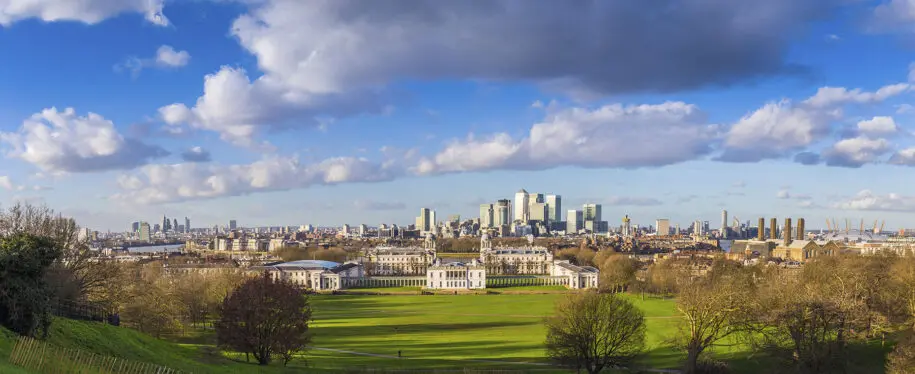For more than I decade I have lived on Mount View Road in Crouch End that winds its way along a ridge and one of the highest points in London. The change in the London skyline in that time has been dramatic and any visitor to London will see the many numbers of cranes busily constructing new high rise towers across the city.
This is a dramatic change. Between 1711 and up until 1962, Sir Christopher Wren’s masterpiece of St Paul’s Cathedral was the tallest building in London at 111 meters (278FT) before being surpassed by Telecom Tower in Fitzrovia at a comparatively whopping 185 meters.
https://www.youtube.com/watch?v=Lrr9znDGP4c&t=796s
London was of course at this point some way behind buildings such as New York’s iconic Empire State Building, which was completed in 1931 and at 441 meters to its tip was dwarfing the British capitol’s best. Why did it take so long for London to start building tall?
The London Building Act of 1894 protected the city skyline and limited the height of new buildings to 80ft. The act was introduced following the development of the Queen Anne’s Gate apartment complex during the 1870s which had incurred the displeasure of Queen Victoria as it removed her view from Buckingham Palace of the Houses Of Parliament.
In the 1960s, London rebuilding from the blitz of World War Two, saw a rapid series of new tall buildings being built and in the past ten years has seen an acceleration in building of new skyscrapers such as the Walkie Talkie, the Cheese Grater and the Shard.
The first tall ‘skyscraper’ was Tower 42, home of the National Westminster Bank and opened in 1981. This brought modern office technology to London in a way that helped to lay the foundations for the modern international centre of commerce that the city has become today.

